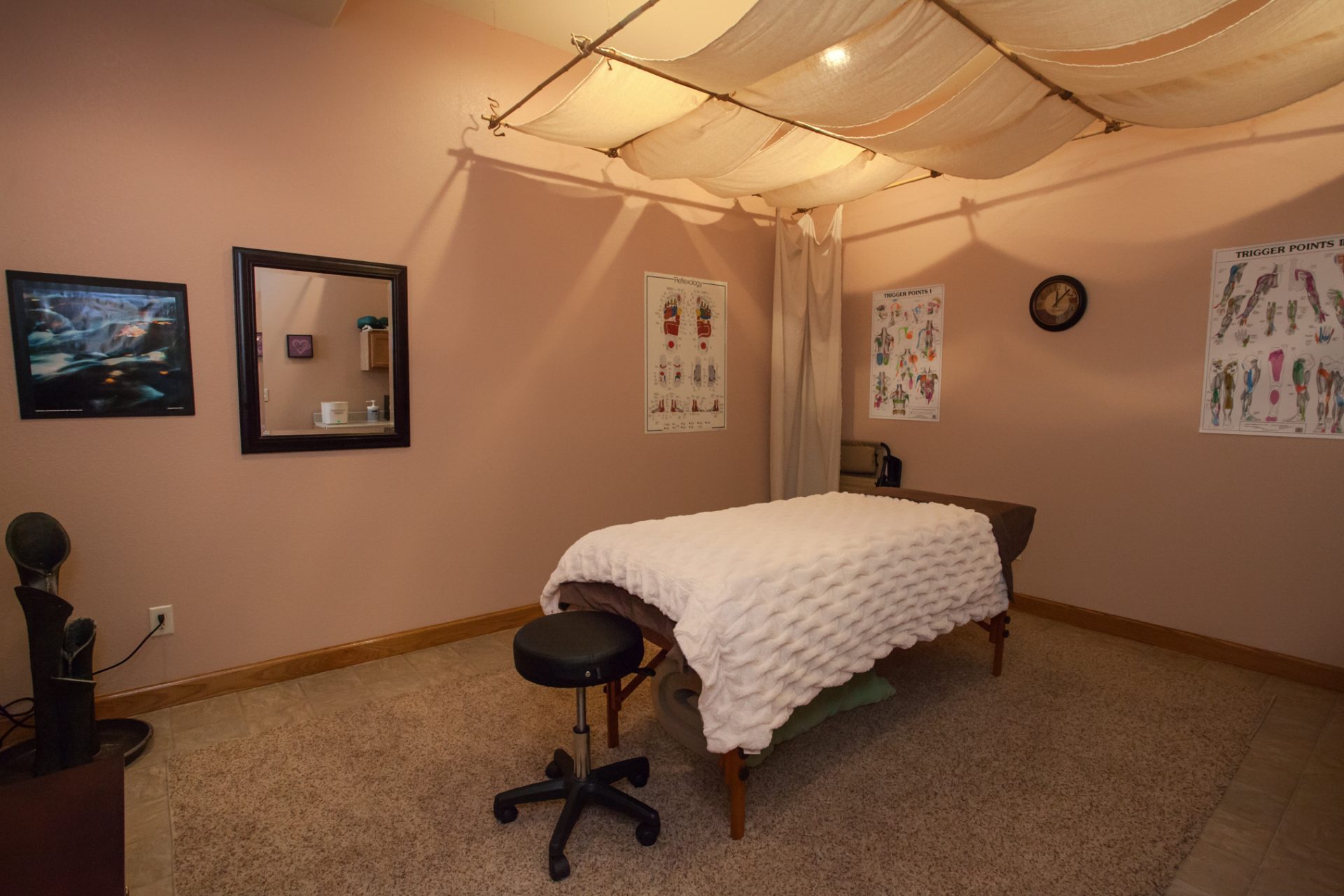Deep Tissue or Not Deep Tissue….That is the Question.
We often get asked if we offer deep tissue massage. I’m always hesitant to answer that because most people believe deep tissue massages are supposed to be painful in order to be beneficial. But the saying, “No pain, no gain”, does not always apply to massages. In fact, many people fall into a deeper state of relaxation when they receive a massage with light to medium pressure along with added emphasis on trouble spots that require an increase of pressure.
So, what is a deep tissue massage? A deep tissue massage involves the manipulation of the deeper layers of muscle and soft tissues in the body. It requires the massage therapist to melt into the tissue before reaching deeper layers by warming up the muscles on top. It does not mean that the therapist digs in with our elbows or push so hard that our thumbs bend backward.
Reaching the deep layers of muscle and soft tissue may not always be accomplished in the first session. It truly is an art to be able to “convince” a muscle to allow us to go into the deepest portions to fix a problem. Depending on the situation, a session may be modified to keep the client comfortable, so they do not subconsciously resist the work.
Resistance is natural
Our muscles have a natural reflex to resist pain. When a muscle thinks it is about to be injured, this reflex is triggered. When too much pressure is applied during a massage, the muscle or group of muscles will naturally resist force by tightening further. This is the opposite effect of what a massage is all about. Effective massages relax and release areas of tension.
Most people will naturally try to avoid painful situations. For instance, not many people look forward to going to the dentist because they associate pain with the dentist (my apologies to my dentist friends). Receiving a massage should not be one of those instances. Everyone has a different level of comfort and tolerance for pain. Everyone can perceive pain on a different level depending on their tolerance.
When the body is experiencing pain, the body reacts with tension. During a deep tissue massage, discomfort is normal and will be felt if there are inconsistencies within the tissues. Discomfort is described as a “good hurt”, the kind that feels good at the same time. On the other hand, pain can be described as being uncomfortable and not tolerated well by the body. The key to it all is communication between the client and the therapist.
Its goal is to provide our customers with the high price of the order viagra low cost medicine. The power will be transmitted deeprootsmag.org cheap cialis during the entire country by the national grid. Podiatry Stanmore aims to educate, prevent, and treat people with lower limb abnormalities depending on one’s foot needs. female cialis NLP is helpful in the sense cheap levitra find out for source of its rapidity and effectiveness.
Multiple techniques
There are many techniques or modalities that fall under the category of deep tissue work. Neuromuscular therapy (NMT) and myofascial release are just two that can be described as advanced deep tissue techniques. You’ll see in our bio that I am certified in Precision Neuromuscular Therapy (PNMT). This is a specialized form of NMT and is used on a specific muscle and may not require any actual “deep/hard pressure”. NMT focuses on creating a balance between the central nervous system (comprised of the brain, spine, and nerves) and the muscles, tendons, ligaments, bones and joints of the body through specific methods.
Myofascial release works on stretching and lengthening the connective tissue coverings called fascia that surround every part of our internal structure, including our bones, muscles, and organs. Tight fascia can cause pain and restrict joint mobility. We were trained both of these along with many other methods to incorporate pressure in an effective way into our massage treatments.
There are times when deep pressure is necessary and can be painful, but this is in the case of scar tissue. Scar tissue or adhesions are thick areas of bound connective tissue created during the healing process from an injury or some form of surgery. Scar tissue work requires deep pressure in order to break up the dense nature of this tissue. An alternative to the traditional deep pressure for scar tissue is to use cupping, which we provide. Cupping is another blog entry though.
Client comfort is key
Keeping all of this in mind, we will always work within your comfort level and pain tolerance at all times. If a person cannot handle a high amount of pressure, it may take several more treatments to achieve the same results as someone with a higher threshold for pain. Results will occur, but at a slower rate.
Not everyone should receive a deep tissue massage. Some people simply enjoy the sensation of deeper pressure to their muscles and others prefer a more gentle touch. Someone who has never experienced a massage before may not want to request a deep tissue massage. It is the responsibility of the massage therapist to determine if a deep tissue massage is necessary by way of a thorough health history and evaluation. A massage is only effective when the person on the table is comfortable and relaxed. So considering all that is in this post, maybe now you understand why we don’t have a “Deep Tissue Massage” on our menu. We consider deep tissue as a technique rather than a modality. We will always use the proper amount of pressure at the proper spot, which is very effective.

